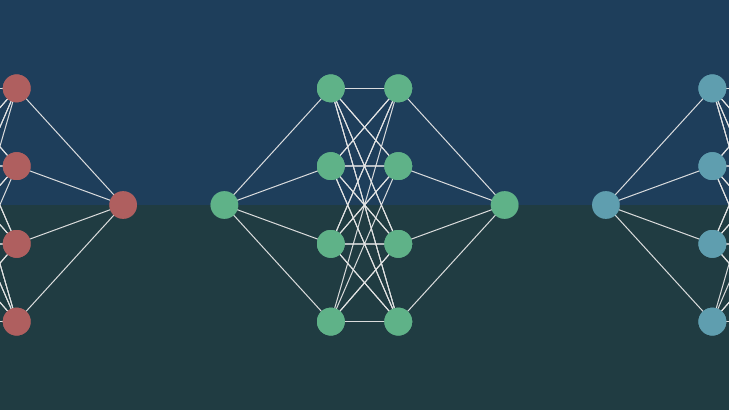RPA offers retailers the opportunity to automate processes and data management today, while simultaneously positioning them for the future. Early adopters are already reaping the benefits. Those retailers still uncertain of the opportunities that RPA can bring will be assured by the fact that RPA can provide more opportunities than threats for retail workforces. It’s a no-brainer for businesses, too, as the benefits of RPA easily transcend headcount and cost reduction. It’s time for retailers to welcome the (software) robots.












